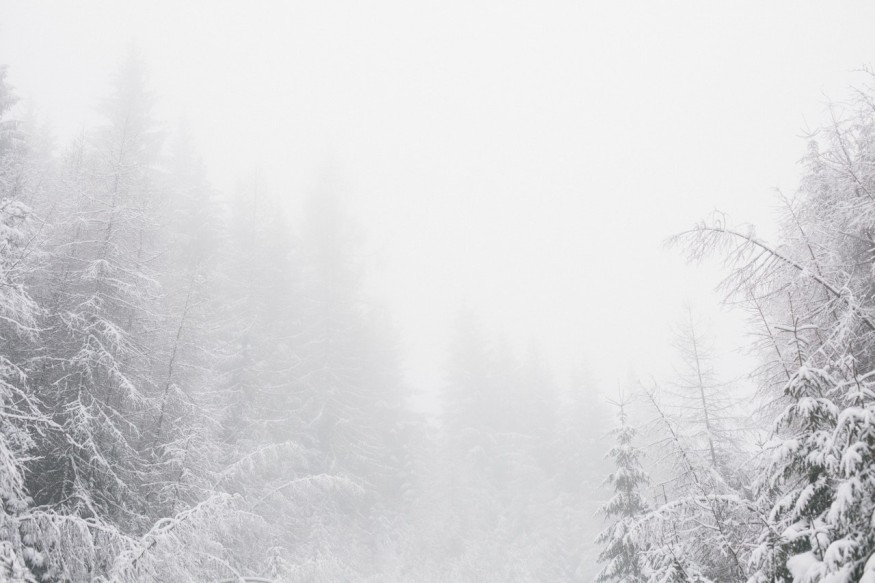
Europe was greeted with a strong winter heatwave as the year 2023 started. Because of the heightened temperatures and the lack of snowfall within the Pyrenees and Alps, several ski slopes and resorts are left with little or no snow at all.
SciTechDaily reports how the snow cover variations can be seen through the snaps taken by the Copernicus Sentinel-2. Images from January 2022 can be compared to those of January 2023. The shots cover the Falera, Laax, and Flims ski resorts within Switzerland.
Snowless Ski Slopes
It has been an unusual winter for the Alps.
— ESA Earth Observation (@ESA_EO) January 11, 2023
These 2⃣ satellite images from @CopernicusEU #Sentinel2 were captured about one year apart (Jan '22 vs '23) - they show the alarming difference in snow coverage in the Swiss Alps.
Notice how the ski slopes stand out in the 2nd image. pic.twitter.com/XG1j0gyNWz
The World Meteorological Organization notes that a high-pressure area in the Mediterranean space and a low-pressure system within the Atlantic led to a strong flux southwest. SciTechDaily reports how this led to the dispersion of warm air from northwest Africa up until mid-latitude regions. The air got warmed up even further when it routed through the North Atlantic. This contributes to the unusually high temperatures of the sea's surface.
This led to immense heat during New Year's Eve and Day. Temperatures across various European countries rose above 20 degrees Celsius. These surprisingly warm temperatures succeeded the immense heat last year, when Europe experienced its hottest summer to date. This was according to the Copernicus Climate Change Report.
The World Meteorological Organization also notes how several weather stations throughout Europe experienced their highest daily temperatures during December or January.
SciTechDaily reports how in 2023 snap, snow can likely be spotted on top of peaks that are taller than 2000 meters. On the other hand, slopes that are below this altitude may need to depend on artificial snow.
Ski Resorts Close
Last January 4, CNN also reported that several ski resorts across Europe had to close down due to the lack of snow. In fact, regular ski visitor Christine Harrison reported to CNN that there was literally no snow this year. Harrison's window view was always of snow-covered hills, chalets, and mountains-but this was not the case this year.
Ski resorts within the Alps, especially those from areas with lower altitudes, have shuttered their slopes temporarily, given how the warmth has melted away the snowfall from last December.
Copernicus Sentinel-2
The Copernicus Sentinel-2 involves two satellites in its mission. The satellites are loaded with a high-resolution camera that is capable of imaging the planet's surface across 13 spectrum bands. SciTechDaily reports how, altogether, they are able to cover the entire surface of the earth, including the inland, coastal waters, and large islands, every five days at the earth's equator.
The mission aims to assess land surface variability. Its remarkable revisit time and swath width will enable the tracking of changes in the earth's surface.
RELATED ARTICLE : Sahara Desert Experiences Snow After Temperature Drops Below Freezing Point; The 5th Time in More Than 40 Years!
Check out more news and information on Environment and Climate in Science Times.











